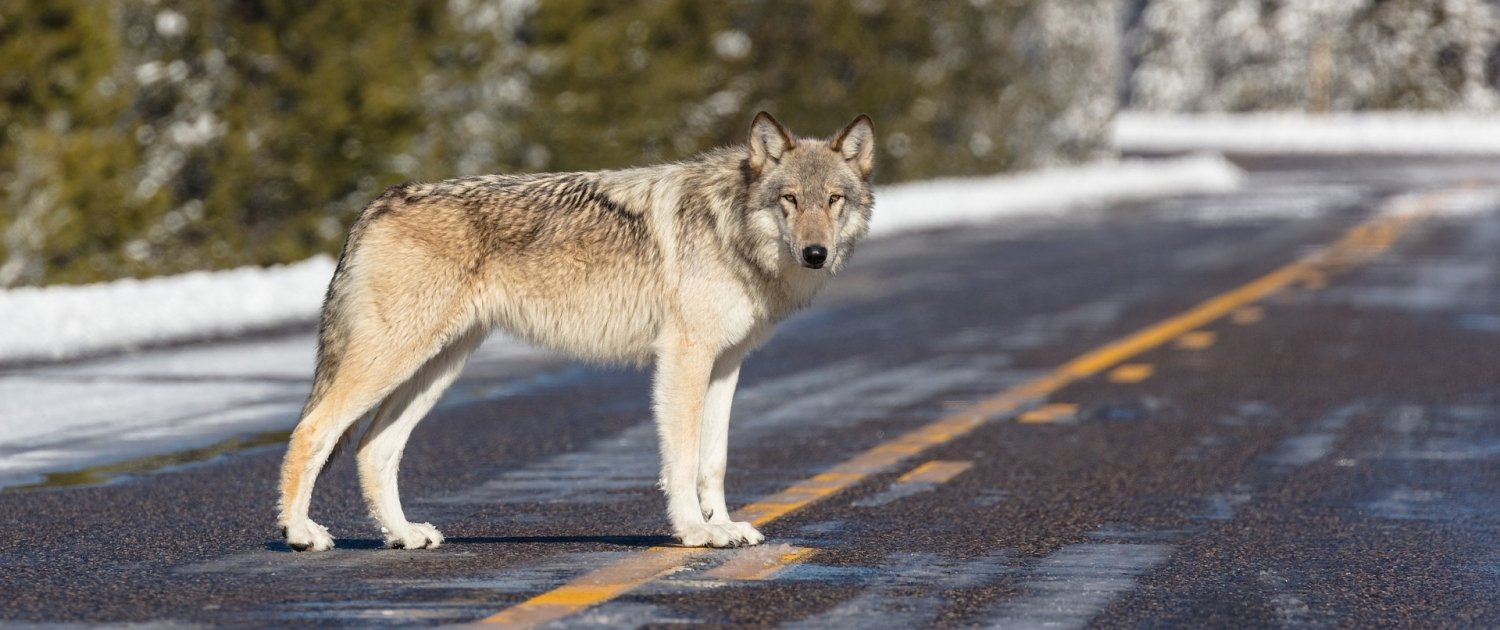Biodiversity in Cold Environments
There is considerable biodiversity in cold environments, with thousands of species of lichens, flowering plants and insects. Most species heavily depend on the short, mild summers when the surface (active layer) thaws. As a result, plants burst into life, providing food for species further up the food chain. However, several issues are likely to affect biodiversity in cold environments in the future:
- Climate change could create longer, warmer summers in the Arctic, leading to the permafrost melting and potentially further increasing biodiversity as conditions become less extreme. However, an imbalance in the ecosystem may be caused as certain species increase rapidly.
- Carbon dioxide is released into the atmosphere as permafrost melts, further enhancing the greenhouse effect and increasing the rate of climate change.
- Increased exploitation of Arctic regions by humans seeking oil and other resources may cause pollution and upset the fragile balance of the ecosystem. For example, catastrophic damage has already been caused by oil extraction in Siberia.
- The distribution of nutrients in oceans may be affected by warming. For example, cold waters are rich in nutrients, and warming may affect concentrations of krill, fish and crustaceans.
Related Topics
Use the images below to explore related GeoTopics.



